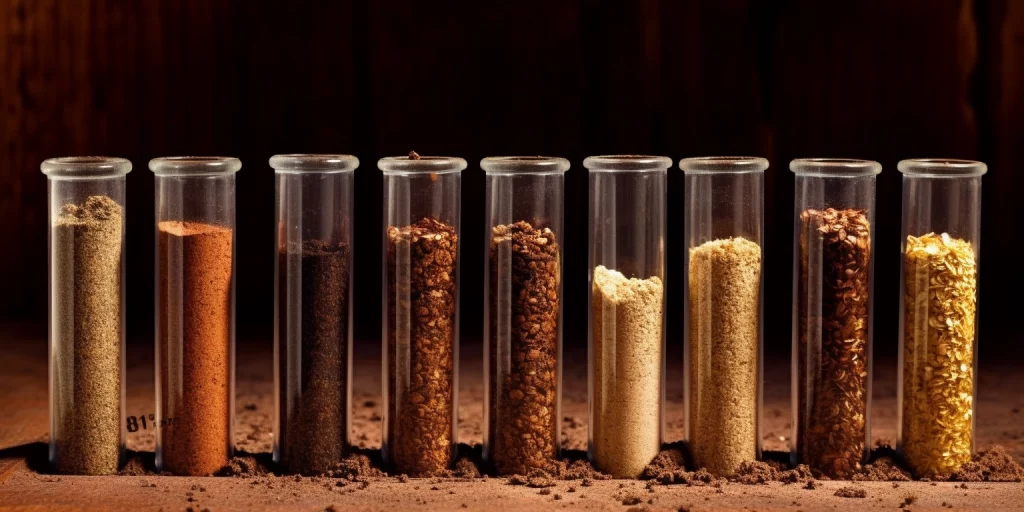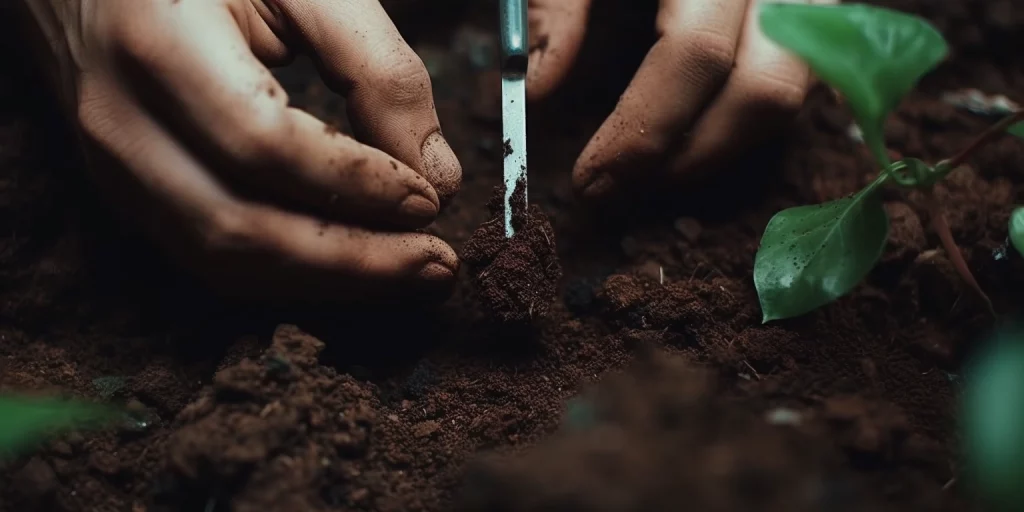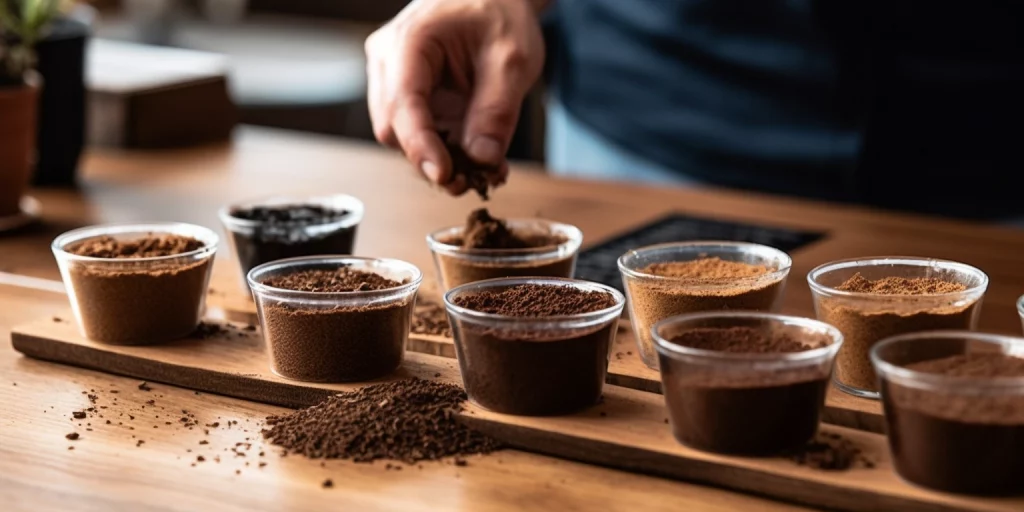
4 Key Insights from Oregon Super Soil’s Latest Soil Test Report
Soil Test Report: Unveiling the Power of Oregon Super Soil’s New Batch Blend Date: 4/27/23 Test Date: 5/18/23 Welcome to

Soil testing is a vital part of maintaining a thriving garden. It provides a wealth of information about the current state of your soil, allowing you to make informed decisions about how to improve its health and fertility. In this comprehensive guide, we’ll walk you through the five essential steps to mastering soil testing:
Ready to dive in? Let’s get started on your journey to mastering soil testing and creating the garden of your dreams!
Soil testing is a crucial part of maintaining a healthy garden. It gives you a snapshot of the current state of your soil, including its nutrient content and pH level. This information can guide you in making necessary adjustments to your soil, ensuring that your plants have the ideal environment to grow.
“A soil test is not just a measure of soil fertility. It is also a tool for the sustainable use of soil resources.” – Understanding Soil
For instance, if your soil test reveals a deficiency in nitrogen, you might consider adding a root enhancer to your soil. Our Oregon Super Soil Root Enhancer is a great choice, packed with beneficial microbes that help improve nutrient uptake.
You can conduct a soil test by collecting a soil sample and sending it to a lab for analysis. Alternatively, you can use a home soil test kit for a quick and easy assessment. If you’re interested in a more comprehensive analysis, consider hiring a professional soil testing service.
When collecting a soil sample, make sure to take samples from several different areas of your garden. This will give you a more accurate representation of your overall soil health.

Once you’ve received your soil test results, the next step is to interpret them. This can seem daunting at first, but don’t worry—we’re here to help!
Your soil test results will likely include information on your soil’s pH level, nutrient content (including levels of nitrogen, phosphorus, and potassium), and organic matter content. Here’s what to look for:
If your soil test results indicate that your soil is lacking in certain nutrients, consider adding a soil amendment like our Oregon Super Soil. Available in various sizes, from a starter bag to a super sack, our super soil is rich in nutrients and beneficial microbes, making it an excellent choice for improving your soil health.
Once you’ve interpreted your soil test results, you can take steps to improve your soil health. This might involve adjusting your soil’s pH level, adding organic matter, or supplementing with specific nutrients.
For a comprehensive solution, consider our [Super Soil Starter Kit](/shop/super-soil-starter
-kit/super-soil-starter-kit). This all-in-one kit includes everything you need to kickstart your soil health, including our nutrient-rich super soil and root enhancer.
If you’re looking to improve the nutrient content of your soil, our Root Enhancer is a great choice. Available in 7g, 14g, and 28g sizes, our root enhancer is packed with beneficial microbes that help improve nutrient uptake.
For larger gardening projects, consider our bulk soil options. Our Super Sack of Oregon Super Soil and Pallet of Oregon Super Soil offer great value for larger gardens.

Soil testing is a crucial step in creating a thriving garden. By understanding your soil’s current state, you can make informed decisions about how to improve its health and fertility. Whether you’re a seasoned gardener or just starting out, we hope this guide has given you the knowledge and tools you need to succeed.
Remember, at Oregon Super Soil, we’re here to help you every step of the way. From our high-quality products to our informative blog posts, we’re committed to helping you create the garden of your dreams. Happy gardening!
“The nation that destroys its soil destroys itself.” – Franklin D. Roosevelt

Soil Test Report: Unveiling the Power of Oregon Super Soil’s New Batch Blend Date: 4/27/23 Test Date: 5/18/23 Welcome to
© 2023 All rights reserved
Oregon Super Soil